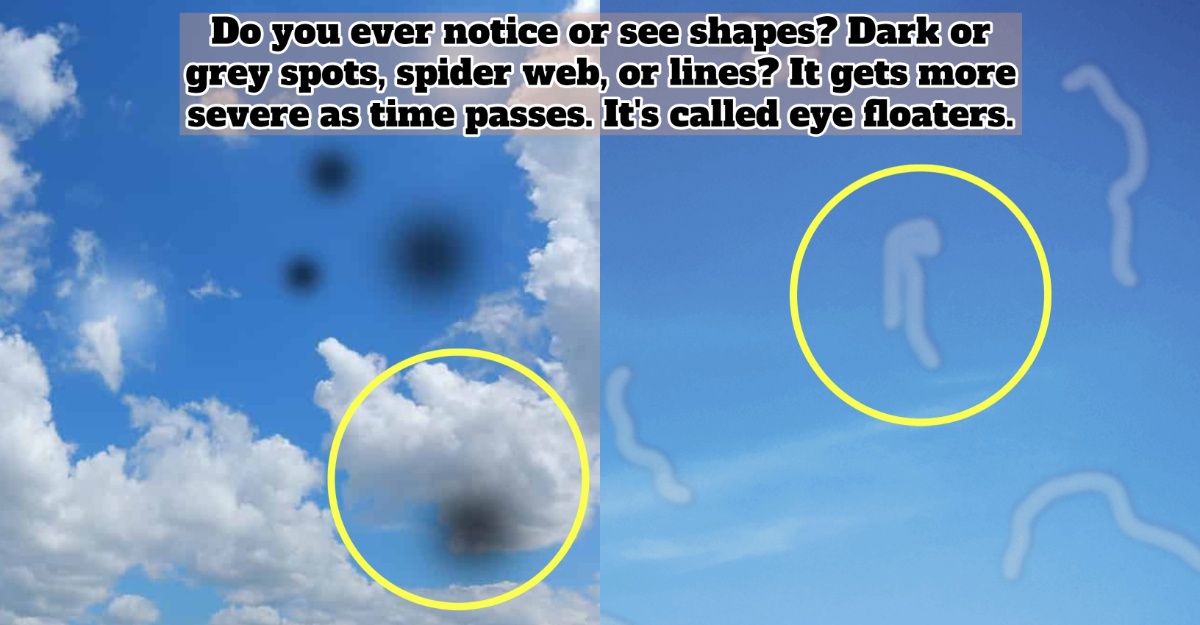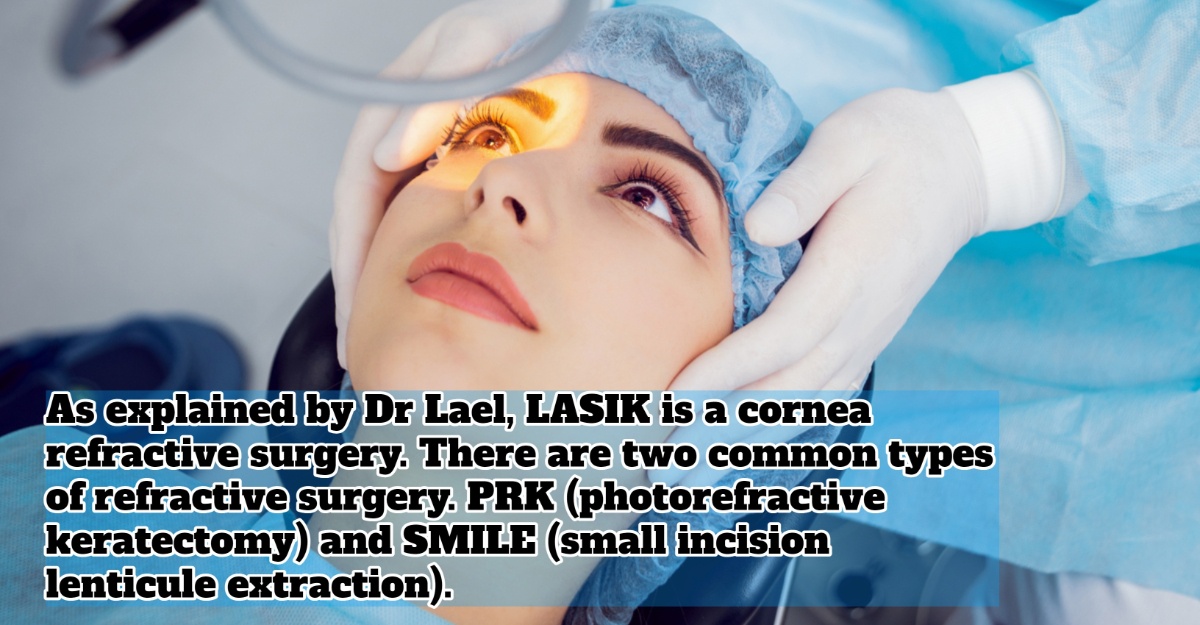Do you ever notice or see shapes? Dark or grey spots, spider web, or lines? It gets more severe as time passes. It’s called eye floaters.
Maybe when you were younger, you thought it was a ghost. We experienced this sensation sometimes, and it made us anxious. We didn’t know what it was because we thought it was dismissable.

What are eye floaters?
Eye floaters are spots in your vision. As mentioned before, they appear like black or grey dots, strings or cobwebs. They aren’t stagnant. And floaters seem to move when you try to observe them closely.
Causes of floaters are:
- Age-related changes.
- The jelly-like substance (vitreous) inside the eyes liquefies and contracts,
- Clumps of collagen fibres will scatter and form within the vitreous.
- Therefore, this casts tiny shadows on your retina, named floaters.
- Inflammation in the back of the eye.
- Bleeding in the eye.
- Some causes of bleeding in the vitreous include retinal tears and detachments, diabetes, high blood pressure (hypertension), blocked blood vessels, and injury.
- Thus, the blood cells look like floaters.
- Torn retina.
- Eye surgeries and medications.
Symptoms of eye floaters
- Small shapes in your vision.
- Spots that move when you move your eyes. However, it disappears when you try to look at them closely.
- Noticeable spots when you look at a plain bright background.
- Small shapes or strings appear and disappear.
Who are at risk?
- Age over 50 years old
- Nearsightedness
- Eye injury
- Eye inflammation
- Complications from cataract surgery
- Diabetes complication (diabetic retinopathy)
- Damages the blood vessels of the retina.
It’s advisable to see a doctor when:
- More eye floaters than usual
- New floaters exist
- Flashes of light in the same eye and the floaters
- A grey curtain or blurry area blocks a part of your vision
- Darkness on a side or sides of your vision (peripheral vision loss)
If you experience anything like this, book an appointment with a doctor. Prevention is better than cure.
Source: Mayo Clinic





